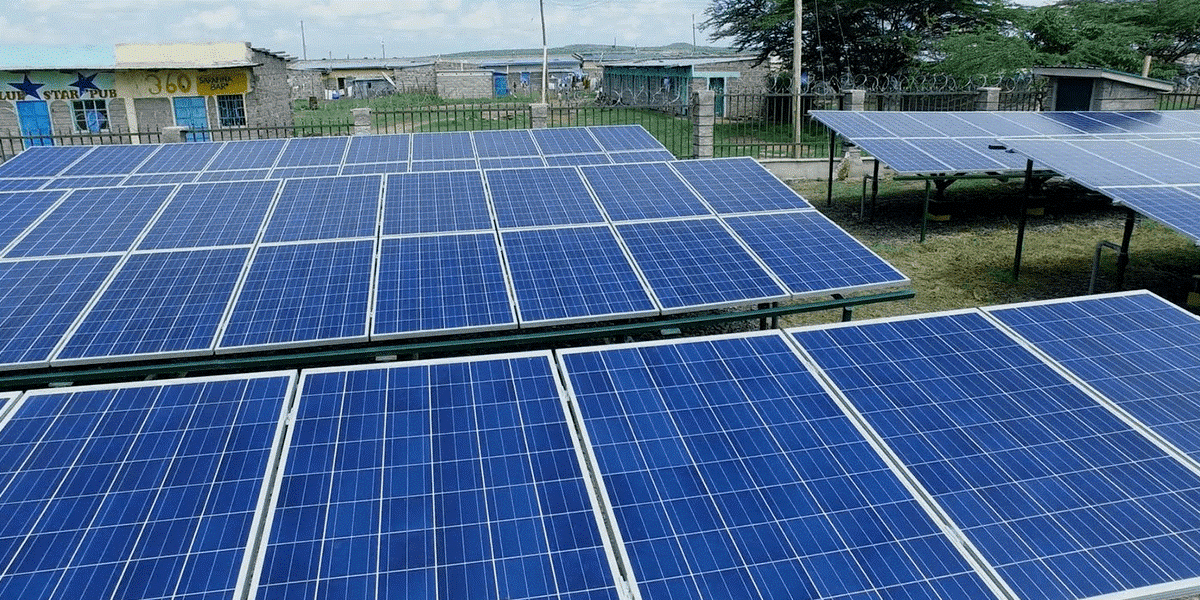
Written by: Eng. Maryam Yousif, Electrical engineer.
The progress of developing rural electrification in Sudan is limited. According to the World Bank (2019, p. 22) in 2018 4.5 million households were not electrified. Approximately 28% of these households (1.3 million households) are in the Darfur region. Populations living in rural areas of Darfur are the most vulnerable to be affected by the energy supply limitations (AFDB, 2017, p. 20), (UNDP, 2016, p. 2).
The selection of the most appropriate technology for electricity access is one of the necessities for a successful electrification.
Mini-grids are known to be a suitable technology for rural electrification in several developing countries, however, in Sudan, there are few key factors (political, economic, social, and technological) affecting the diffusion of this technology. Briefly discussed hereunder are these hindering factors:
Political:
- Absence of a clear policy framework: There are no clear and existing policies for mini-grids development. Moreover, the absence of legal and licensing provisions concerning mini-grids affects their effective deployment, operation, and maintenance.
- Tariff regulations: The uncertainty in tariff regulations lead to the possibilities of unfairness in tariff for end-users (villagers).
- Lack of an effective institutional structure and implementing agencies: Low or no quality standards related to mini-grid components, an implication which often leads to weakening the performance of the technology.
- Security: In rural areas there is always a greater potential for vandalism acts. An example of such environments has been experienced in the Darfur region where continuous damaging of mini-grid components affected both the performance and sustainability of these installation; a negative impact which led to an increase in the capital cost of these systems altogether.
- Corruption: Unfortunately, Sudan is perceived as one of the most corrupt countries in the world (coming the 177th country out of 183 countries with the last being the most corrupt). With such reputation, discouragement for investors or project developers to invest on any projects, let alone mini-grids becomes a norm.
Economic:
- Capital cost coverage: The country is politically unstable and at present is in a transitional period. It is difficult to get funds from the government to cover part of the capital cost. Without a clear subsidy scheme, developers are unable to establish their planned projects, and even if they did, the villagers usually refrain from connecting to the mini-grid, due to the anticipated high tariff. In other words, the project becomes economically unsustainable.
- Increased inflation rate: The money value is dramatically decreasing. The return of an investment hence inevitably continues to decrease with the decrement of the money value, making the investment in mini-grid projects unattractive.
Environment and Societal perspective:
- Systems’ components risk of theft: This increases the capital cost, in the sense that the stolen components must be replaced with new ones.
- Poor road infrastructure: Most villages are hard to reach because of the difficult terrains and unpaved roads. A scenario which negatively affects the technical sustainability of the system through delays in operation of the project and surely the maintenance after implementation.
- Communication: Communication with the locals are difficult at times due to language barriers. A barrier which may sometimes lead to mistrust between the locals and project developers.
- Social awareness and technology acceptance: The local’s limited awareness when it comes to the benefits of planned projects may in one way or the other hinder projects’ commencement as attaining the public’s acceptance is always a key issue to be dealt with.
Technology:
- Component’s quality: The Limited knowledge concerning the importance of high-quality components among vendors, may cause safety hazards related to the poor component’s quality and construction. This also affects the reliability of the electricity supplied.
- Skilled local labour: The absence of skilled local labour results in an additional transport and living costs for bringing foreign labours from outside the region or even the country.
- The supply chain for spare parts: This affects the timeline of the project
All in all, the above-mentioned factors should be studied closely and the government of Sudan with the cooperation of the rural electrification department should find ways to address and mitigate these factors. Few ways of going forward and addressing these include:
- Setting and establishing clear policies and regulations that would help and encourage investors and developers.
- Exploring and developing funding schemes.
- The framework of rural electrification must be closely monitored to avoid corruption.
- Establishing some programs for raising awareness concerning renewable energy among the community would be necessary.
- Working on to improve technical capacity building within the country.
References:
- AFDB, 2017. Sudan: Darfur Infrastructure Development Report. [Online] Available at: https://www.afdb.org/fileadmin/uploads/afdb/Documents/Knowledge/Sudant Darfur_Infrastructure_Development_Report_-_06_Feb_2017.pdf [Accessed 6 3 2020].
- institute, N. c., 2019. The role of renewable energy mini-grids in Kenya’s electricity sector. [Online] Available at: https://newclimate.org/2019/11/12/the-role-of-renewable-energy-mini-grids-in-kenyas-electricity-sector/ [Accessed 2020].
- The World Bank, 2019. From Subsidy to Sustainability:Diagnostic Review of Sudan’s Electricity Sector, s.l.: s.n.
- UNDP, U. U. W. D. M. N., 2016. Darfur Solar Electrification Project, Khartoum: s.n.
Featured image credits: https://newclimate.org/2019/11/12/the-role-of-renewable-energy-mini-grids-in-kenyas-electricity-sector/%5BAccessed 2020].

